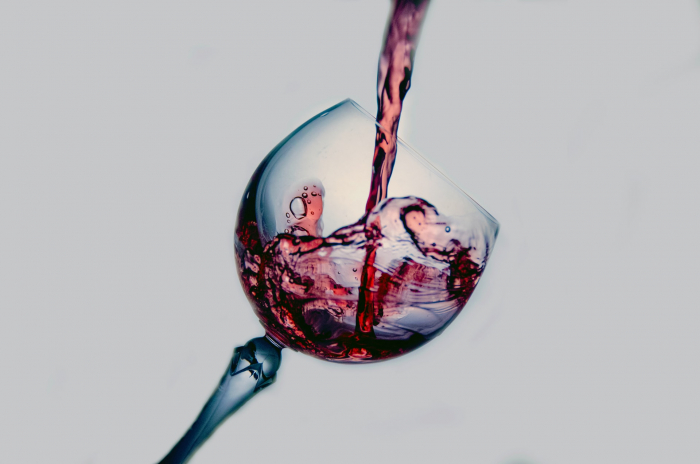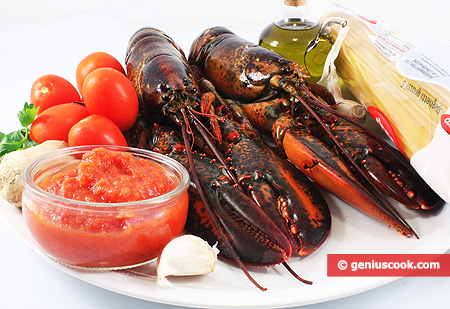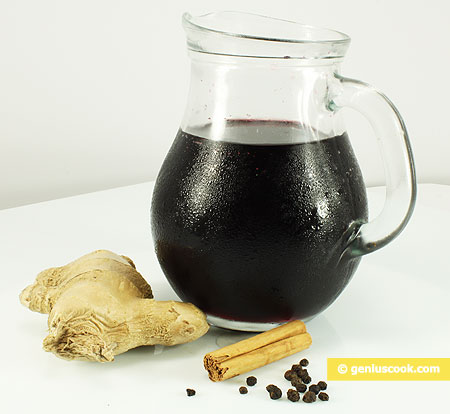Do You Have Cloudy “Vegan Wine?”
Some people enjoy making wine, and many do so to avoid animal byproducts due to their vegan lifestyle. The process is a lengthy one that requires plenty of patience and can prove demanding with results that are not always ideal. In some cases, the product refuses to clear or develops a haze after achieving enough clarity for bottling.

After what can equate to years of production, this outcome can be disappointing but don’t feel you wasted that time. It’s generally safe to consume cloudy wine unless a bacterial infection causes the sediment. If this is the case, though, you’ll experience a foul odour that will turn you from drinking it.
Otherwise, sediment in no way affects a wine’s flavour, nor will it cause harm aside from presenting a gritty after effect. It shouldn’t make you ill. Suppose you have an occasion like a wedding, anniversary, or something where the wine needs to be of the highest clarity. In that case, it’s genuinely wise to consider buying from a reputable vegan winemaker like you’ll find at www.organichill.com.au/vegan-wines for the optimum presentation. If home-made is essential, you can try clarifying again.
While this creates exposure to elevated oxygen levels, thus shortening the wine’s lifespan, a suggestion is to incorporate “inert gasses” to battle this. Oxidation is more prevalent in white wine than red.
Why Is Your Home-made Vegan Wine Cloudy?
More winemakers produce organic vegan bottles in Australia for the benefit of those who prefer to avoid animal-derived substances. Simultaneously, some organic vegan wine enthusiasts are making attempts to create home-made recipes.
The efforts can prove daunting as winemaking is demanding for even the experts and expects that you have a high level of patience. Still, that same patience gets tested when you cannot achieve clarity with your product.
Generally, the cloudiness is no cause for alarm since it won’t affect the wine’s flavour or your health unless it’s related to a bacterial infection. You might have to deal with a bit of grit along with your sips, but this isn’t harmful, just a nuisance. Some reasons why this happens with home-made versions include bacterial infections include:
Incomplete Fermentation
Suffice it to say, wine connoisseurs, drink their beverages frequently. That would indicate a lack of patience to wait for a home-made version to complete its fermentation process. The suggestion is gravity at or below .990 typically means the end of ferment.
But it would help if you considered any changes, whether it be moving the bottle or a difference in temperature that can result in the remaining yeast activating. The fermentation can start again by blending in a conditioning sugar minus a stabilizer. Fermentation won’t merely be determined by “airlock.”
Once fermentation takes place, sediment develops after the dead yeast settles on the bottom of the bottle. When pouring the wine, you disturb the grit resulting in a haze.

A Potential Pectin Haze
Fruits have a natural element known as pectin, often used for jams due to the gel-like consistency and overall sweetness. Some fruit has an elevated level from others, but for the most part, these break down with fermentation. The ones you would need to use a pectic enzyme to help break down (or have cloudy wine) include:
- Plums
- Apples
- Citrus
- Pears
- Peaches
A Bacterial Infection
When your product develops a bacterial infection, you will experience an intensely foul odour upon opening the bottle. You don’t have to worry about becoming ill from cloudy wines since the ones that are harmful will smell so awful you won’t want to indulge in them.
The aroma is reminiscent of “pure acetone,” or you can associate it with a sour scent. The fragrance will be the first indication that there is a significant issue because the infection turns the wine into vinegar. These can result from air exposure, equipment laden with bacteria (unsanitized), or foreign yeast contamination.
The haze will less likely be due to bacteria if there were sulphites added before fermentation took place and again after it was complete. The bottle is undrinkable, with the only solution to this problem being to dispose of it safely. Go here for guidance on picking the healthiest wines.
Wine Precipitation
Over fermentation can result in the formation of substances in the liquid, causing precipitation. The form precipitation takes for red wines is “tannins” that almost resemble dust. For white varieties, you’ll find “tartaric acid,” which appears as crystals. In both instances, the outcome will be cloudy.
Many drinkers enjoy a chilled wine that can cause the substance to develop tartaric crystals, but an increase in temperature increases tannins’ potential. The recommendations for preventing precipitation are as follows:
- Whites should stay at 10 degrees Celsius (55 degrees Fahrenheit)
- Reds should stay at 21 degrees Celsius (70 degrees Fahrenheit)

How To Know If Wine Is Clear
When there is no sign of sediment either settled on the carboy’s bottom or suspended in the liquid, you have clarity. Typically, it’s easy to detect with the naked eye if the substance is ideal for bottling.
If you don’t feel confident, the recommendation is to test the clarity with a bright handheld light, either a smartphone torch or a standard torch. Manoeuvre the light from the top down to the carboy’s bottom to assess for particles. If particles are floating in the liquid, it’s not ready to bottle. Other factors:
- Fuzzy light in specific spots
- A light liquid is not penetrable with the light
- Bright light on top but dims at the bottom of the carboy.
In any of these cases, the wine needs longer to clear because there is still sediment.
Final Thought
Obtain the fundamental guidelines on vegan alcohol, including wine at Theminimalistvegan.com If you’re an enthusiast who enjoys dabbling in the creation of vegan wine recipes, it’s essential first and foremost to understand the exceptional level of patience it requires.
Even when you think it might be ready for bottling, it will need more work, testing the very limits you set for yourself. But for those who demand the utmost in clarity, character, depth, flavour, (with no grit), it’s a process that you can’t rush.






